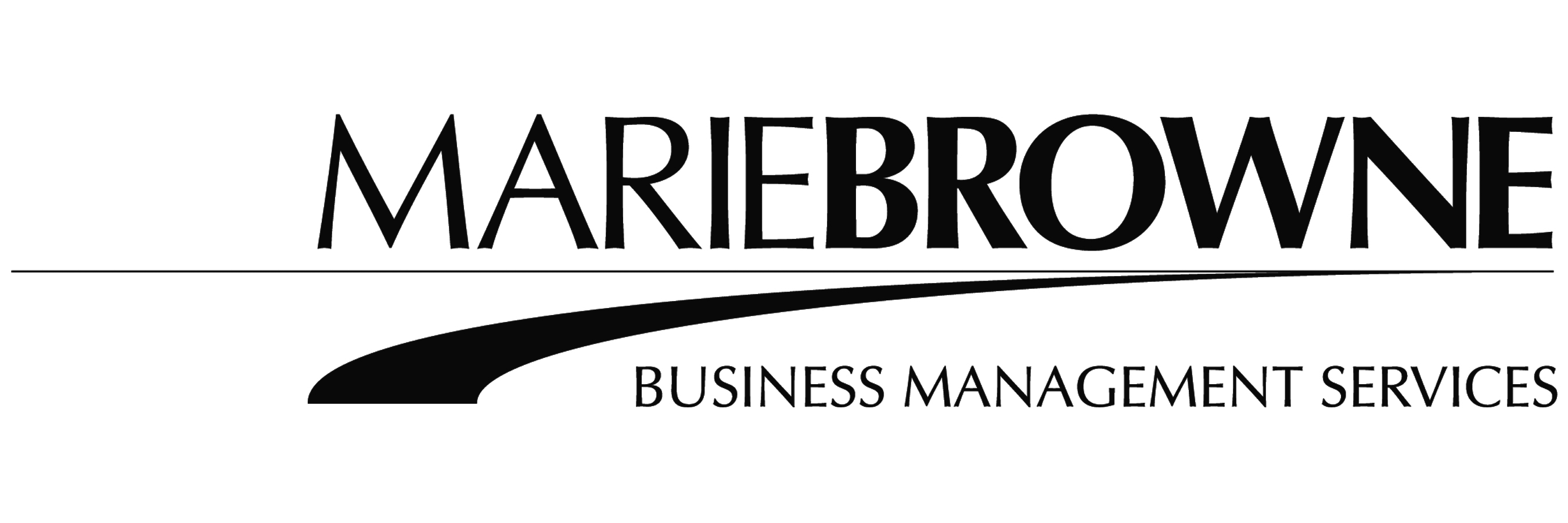
Furthermore, the PPP Flexibility Act passed in June provides an option for borrowers who were funded prior to June 5 to elect a 24 week period rather than an 8 week period as the “covered period.” This option might be better for you if you were not able to restore your headcount as of June 30, or if you have not spent the money yet. For borrowers who were funded on or after June 5, the covered period is automatically 24 weeks If you elect the 24 week period, you have more time to spend the funds, and you have until December 31 to restore your headcount.
On the downside, the rules keep getting “clarified” and the clarifications may not be in the borrowers’ favor. And until your PPP is officially forgiven, it will stay on your balance sheet as a liability. This might be a problem if you are looking for other loans.
If you elect 24 weeks, you can apply for forgiveness earlier than at the end of your 24 weeks. However, you still have to account for salary reductions and headcount reductions for the entire period, by projecting into the future. This math gets complicated. Here is an example from the Journal of Accountancy that may help illustrate. Or it may make your eyes glaze over.
Example: A borrower is using a 24-week covered period. This borrower reduced a full-time employee’s weekly salary from $1,000 per week during the reference period to $700 per week during the covered period. The employee continued to work on a full-time basis during the covered period, with an FTE of 1.0. In this case, the first $250 (25% of $1,000) is exempted from the loan forgiveness reduction. The borrower seeking forgiveness would list $1,200 as the salary/hourly wage reduction for that employee (the extra $50 weekly reduction multiplied by 24 weeks). If the borrower applies for forgiveness before the end of the covered period, it must account for the salary reduction for the full 24-week covered period (totaling $1,200).
The bottom line is that if you have spent the money and have restored your headcount, my advice is to get ready to file as soon as your lender lets you know their system is ready.
The review process is expected to be long. The original goal of the PPP was to get money in the hands of small businesses so they could keep employees on the payroll. That made for an unprecedented situation, where over $500B was disbursed with virtually no review or oversight. (You remember how easy it was to get the money, right?)
Now that the dust has settled, banks and the SBA’s Office of Inspector General are working out the forgiveness review process, and they will no doubt refuse forgiveness for some of the loans. Any business that received over $2M in funds will be audited automatically. Everyone else will be subject to audit. If you are unlucky enough to be selected for audit, these are the four things the auditors will be looking at:
1. Was the borrower eligible under the rules that were published at the time of the application?
2. Did the borrower get the correct amount they were eligible to receive?
3. Have the funds been spent on the allowable expenses (minimum 60% payroll, and the rest on business mortgage interest, rent, and utilities).
4. Is the borrower eligible for forgiveness?
Be sure to have your paperwork in order (as they say), and keep it for 6 years after the loan has been fully forgiven or has been paid. Digital copies are just fine, by the way.
You can see the paperwork and documentation that you will need if you take a look at Page 6 of the instructions for the long form, or Page 4 of the instructions for the newly added short form. You will find links to everything at the bottom.
Short form?? Yes, one bright piece of news is that you may be able to apply for forgiveness on the new 3-page 3508EZ form if one of the following applies:
1. You are self employed with no employees on the payroll
2. You didn’t reduce wages by more than 25%, and you didn’t reduce your headcount
3. You didn’t reduce wages by more than 25%, and you were unable to operate due to compliance with health regulations.
Your homework now? Read the applications, gather your paperwork, and think about whether you may want to elect the 24 week covered period option. You don’t have to pick one until you apply for forgiveness, but you should figure out which way you plan to go.
Here are links to your bedtime reading (guaranteed to make you doze off)
PPP forgiveness form, original version
Instructions for original form
PPP forgiveness form, short version, Form 3508EZ
Instructions for 3508EZ

